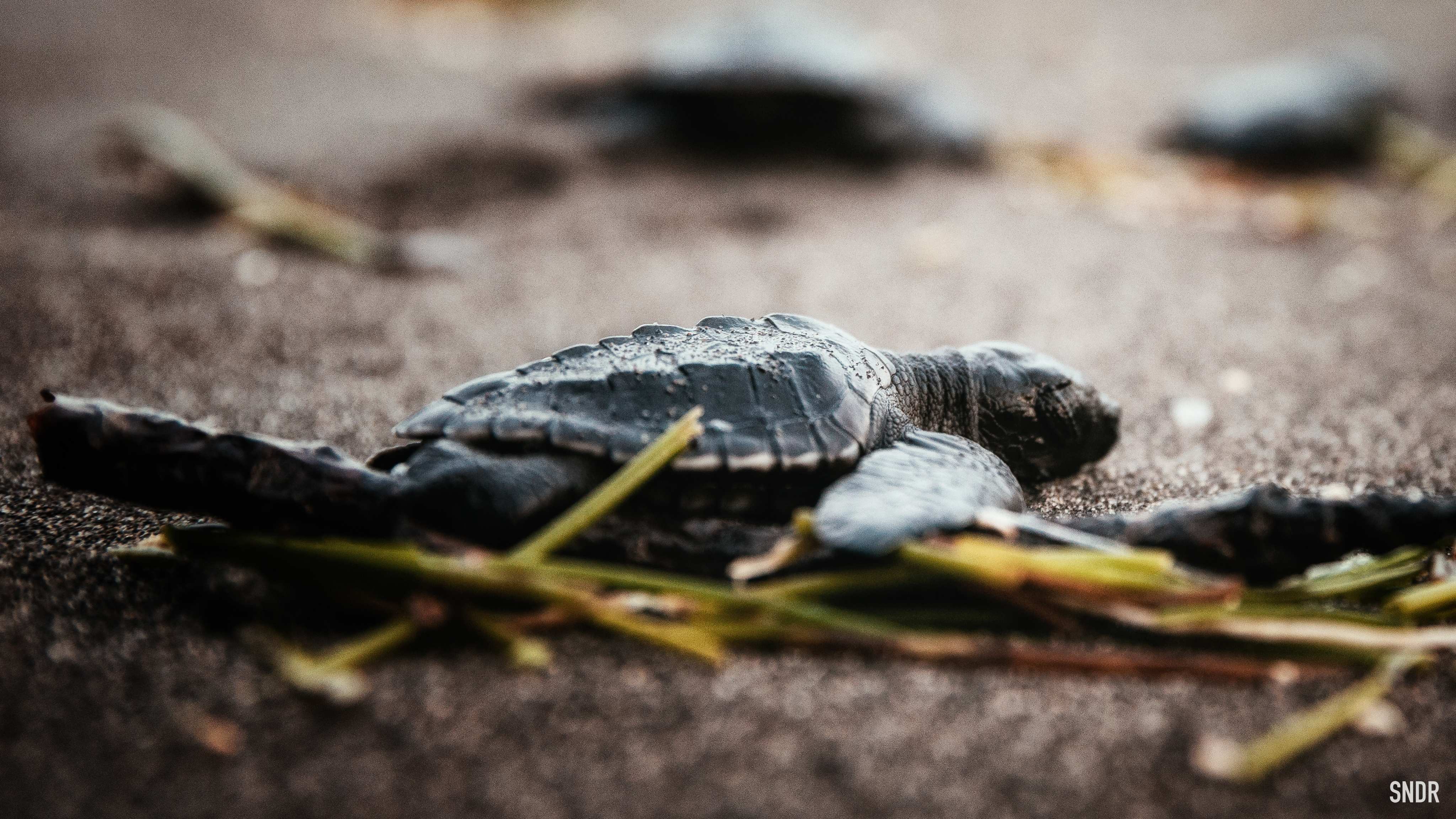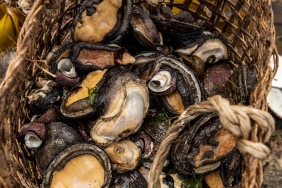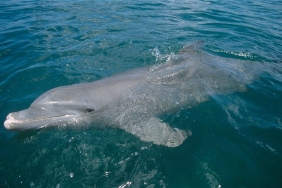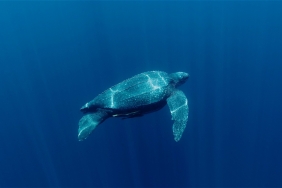HOPE FOR A BETTER LIFE FOR SEA TURTLES
By: Natalia Trita Agnika
Known as ocean explorers, sea turtles are ancient reptiles that have amazing ranging abilities. For more than 100 million years, sea turtles have roamed the world's oceans and performed vital roles for marine and coastal ecosystems. Indonesian waters are the most important sea turtle migration route at the crossroads of the Pacific and Indian Oceans. Six of the world's seven sea turtle species are found in Indonesia. Four of them even lay their eggs on beaches along Indonesian waters, namely the green turtle, leatherback turtle, hawksbill turtle and Olive Ridley turtle.
However, sea turtles are now facing various threats. From plastic waste pollution in the sea, habitat and nesting sites destruction, accidental entanglement of sea turtles by fishermen's nets (bycatch), exploitation that harms the environment, to illegal trade. The commemoration of "World Sea Turtle Day" on June 16 invites us to give hope for a better life for sea turtles.
The easiest way we can do this is by reducing the use of single-use plastics. The bad habit of throwing plastic waste carelessly causes waste to be carried into the sea. Sea turtles that usually eat jellyfish often mistake the plastic waste as food (jellyfish). As a result, the indigestible plastic leads to the turtle's death.
On the other hand, various efforts have been made to protect sea turtles. Some interesting discoveries have contributed to sea turtle conservation efforts. Satellite tagging technology to study the habitats and locations of sea turtle crossings and stopovers, for example. This technology provides important information on the location and migration pathways that are useful for strategizing conservation work, including the management of conservation areas.
Another interesting discovery was the use of green LED light method to mitigate bycatch. The installation of green LED lights in the gill nets used by fishermen has helped sea turtles to avoid the nets so that they will not get entangled in the nets. Based on WWF-Indonesia data from 2014-2016, the trial use of green LED lights on fishermen's nets in Paloh, West Kalimantan, showed a 75% reduction in turtle bycatch.
WWF-Indonesia also strives to protect sea turtle nesting areas from various threats. One of them is through the NEWtrees program in the Pangumbahan area, Sukabumi, West Java, which protects sea turtle nesting areas by reforesting buffer forest areas. The hope is that turtles that come ashore to lay their eggs will have an ideal nesting site.
Protection of turtle nesting areas is also carried out through the Turtle Hope program. This WWF-Indonesia program at Pangumbahan Beach, provides an opportunity for concerned parties to contribute to efforts to restore natural sea turtle nesting (by not removing eggs from their nests), by adopting sea turtle nests. The adopted nests will be closely guarded by a patrol team empowered from local community groups. Not only that, the nests will also be marked with coordinates (tagging) so that they can be monitored virtually through geotagging.
Let's give hope for a better life for sea turtles through the efforts we can make. It's time to become a Turtle Warrior!





